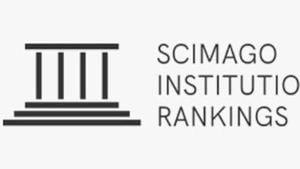New research provides compelling evidence indicating facial attractiveness is largely influenced by averageness and femininity, as opposed to symmetry and masculinity. This study's findings could reshape our long-held beliefs about the traits considered most attractive.
Many studies exploring facial attractiveness have traditionally focused on multiple physical characteristics, including shape symmetry, averageness—and the converse of distinctiveness—and sexual dimorphism, which highlights masculine and feminine traits. These traits were often thought to hint at underlying health and reproductive viability. Historically, symmetric and average face shapes have been viewed as archetypes of beauty, with femininity eleving attractiveness among women. Male attractiveness, on the other hand, has been mixed, with some studies finding masculinity appealing.
Yet, the latest research departed from these previous models by probing the independent effects of these features, providing fresh insights. Researchers measured shape symmetry, averageness, and sexual dimorphism from face images and evaluated their contributions to attractiveness ratings through rigorous statistical methods.
This innovative approach unveiled significant findings: facial attractiveness was significantly driven by the averageness found in both male and female faces, as well as femininity within female images. Contrarily, no significant positive correlation was discovered between male attractiveness and masculinity, nor was symmetry tied to attractiveness in either sex. These results challenge conventional wisdom and align with recent research emphasizing the primary role of averageness.
"Facial attractiveness was significantly predicted by averageness... but not by masculinity in male faces or symmetry," explained the authors of the article, adding weight to the suggestion shifting focus away from traditionally valued features like symmetry to the nuanced characteristic of averageness.
Previous studies have faced scrutiny for their experimental designs, which utilized computer-generated images to examine characteristics, often leading to results lacking real-world applicability. This recent study addresses these critiques by using natural face images and thorough statistical analyses, which could render findings more relevant to social interaction contexts.
This shift brings forth meaningful contributions to the exploration of beauty standards. By highlighting how more average and feminine features are prioritized, the research implies cultural narratives surrounding masculinity, femininity, and beauty might need reevaluation.
Despite the significant role of averageness, the findings about masculinity present a contradiction to earlier studies hinting at the allure of strong masculine traits. It raises intriguing questions about how contextual and societal factors might affect the perception of male attractiveness.
Understanding facial attractiveness is not merely academic; it intertwines with social dynamics where attractive individuals often face enhanced social outcomes, such as greater success in dating, employment, and overall social acceptance. Recognizing the underlying features leading to these perceptions could provide foundational knowledge guiding future explorations.
"Our findings add to a growing body of research... indicating little evidence for the role of symmetry or male masculinity," the researchers concluded, reinforcing the idea of averageness and feminine traits as dominant predictors of attractiveness.
Overall, this research marks a pivotal point for the scientific investigation of attraction and societal beauty ideals, promising new perspectives for both scholars and everyday individuals alike.



